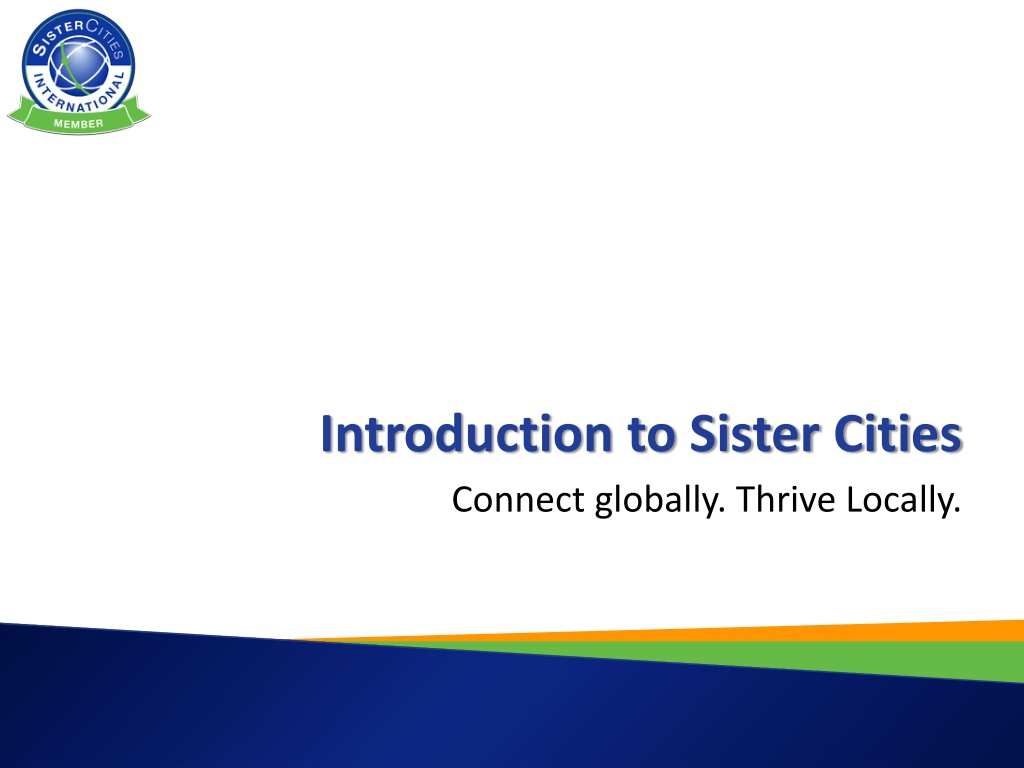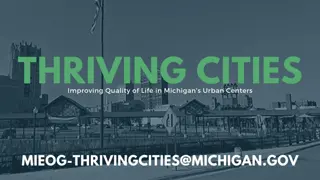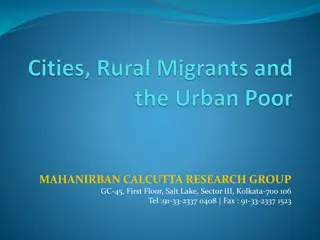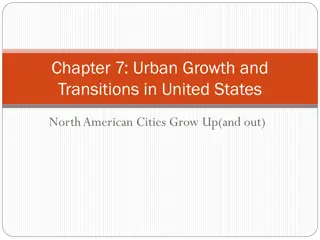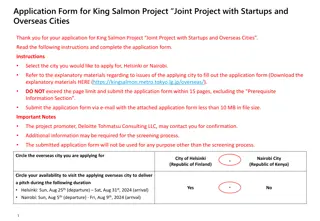Introduction to Sister Cities
Sister Cities International, a nonprofit organization founded in 1956, fosters partnerships between U.S. and international communities to promote peace through citizen diplomacy. Learn about the concept of citizen diplomacy, how sister cities are established, who can participate, and how partnerships begin, creating meaningful relationships through cultural, educational, and collaborative exchanges.
Download Presentation

Please find below an Image/Link to download the presentation.
The content on the website is provided AS IS for your information and personal use only. It may not be sold, licensed, or shared on other websites without obtaining consent from the author.If you encounter any issues during the download, it is possible that the publisher has removed the file from their server.
You are allowed to download the files provided on this website for personal or commercial use, subject to the condition that they are used lawfully. All files are the property of their respective owners.
The content on the website is provided AS IS for your information and personal use only. It may not be sold, licensed, or shared on other websites without obtaining consent from the author.
E N D
Presentation Transcript
Introduction to Sister Cities Connect globally. Thrive Locally.
What is Sister Cities International? Founded in 1956, Sister Cities International is a nonprofit citizen diplomacy network that creates and strengthens partnerships between U.S. and international communities. Mission: to promote peace through mutual respect, cooperation, and understanding one individual, one community at a time.
What is citizen diplomacy? Citizen Diplomacy is the concept that the individual has the right, even the responsibility, to help shape U.S. foreign relations 'one handshake at a time.' Citizen diplomats can be students, teachers, athletes, artists, business people, humanitarians, adventurers or tourists. They are motivated by a responsibility to engage with the rest of the world in a meaningful, mutually beneficial dialogue. (US Council on Citizen Diplomacy)
What is a sister city? A sister city organization is a volunteer group of ordinary citizens who, with the support of their local elected officials, form long-term relationships with people and organizations in a city abroad. Each sister city organization is independent and pursues the activities and thematic areas that are important to them and their community including municipal, business, trade, educational and cultural exchanges with their sister city. Sister city organizations promote peace through people-to- people relationships with program offerings varying greatly from basic cultural exchange programs to shared research and development projects between cities with relationships.
How do sister cities begin? Cities can, and often do, create their own criteria or requirements for new sister cities. All sister cities are formalized by an agreement between the two mayors or highest elected/appointed officials.
Who can be part of a sister city program? ANYONE! City officials, students and professors, local businesses, NGOs, religious groups, artists and musicians, local institutions and everyday citizens. The most successful and stable programs have volunteers from across these sectors. Youth are frequently engaged in sister city programs!
How do partnerships begin? A relationship is formally created when the mayors or highest elected officials from two communities sign a memorandum of understanding establishing the sister city partnership. Sister city relationships may develop from a number of sources, including: preexisting mayoral relationships, trade relationships, historical connections, ancestral/demographic connections, expatriate communities, shared geographic/sector challenges, faith based groups, and personal experiences ranging from study/work abroad to marriages.
The sister cities network 500 U.S. cities, counties, and states represented. Over 2,000 partnerships with communities abroad. Partnerships in 145 countries on six continents.
What do sister cities do? Cultural Exchange Arts, music, traditions, customs, performances Youth and Education Study abroad, virtual exchanges, learning opportunities, leadership building Community Development Municipal and technical exchanges, best practices, policy exchanges, staff development Business and Trade Trade delegations, business incubation, import/export assistance
Who are our sister cities? To find out who your sister cities are, use Sister Cities International s City Search on our homepage, www.sistercities.org. You can also find a digital copy of our membership directory at http://bit.ly/2017annreport.
Sister Cities International & Kiwanis In 2015, Sister Cities International and Kiwanis International signed an agreement establishing SCI as one of Kiwanis Community Partners .
Sister Cities International & Kiwanis The goal of the partnership is to further both organizations missions through collaboration between our networks. Kiwanians can take advantage of the international partnerships sister city members have cultivated, and sister city members can engage Key Clubs and local Kiwanis groups to participate in their own exchanges and activities. Both organizations focus on making an impact on the local level and have an emphasis on youth development.
Youth Exchanges Many sister city programs organize high school and youth exchanges, both inbound and outbound. Most exchanges are short term (2 weeks) and often involve homestays, programming on a particular theme, and/or service learning. Contact your local sister cities chapter to find out what exchanges are happening in your community!
J-1 High School Homestay http://sistercities.org/hshs International students come to U.S. for semester/year Live with host family and attend local high school in one of their sister city communities Opportunities for U.S. based Kiwanians to serve as host families Wonderful chance to learn about another culture and share your life with someone else! If interested clubs should contact their local Sister Cities chapter
Youth Leadership Summit Open to both U.S. and international high school students Engage the next generation of leaders and expose them to international affairs Activities include a U.N.-style simulation developed by the U.S. Diplomacy Center, guest speakers from the world of international affairs, service opportunities, and tourism. 2018 Conference- Aurora, Colorado August 2-4, 2018 Registration- www.sistercities.org/YLS
Service opportunities Many sister city programs do humanitarian or development work that complements Kiwanis mission. This includes, but is not limited to: Disaster Relief Medical missions Nurse/doctor exchanges Provision of supplies/funding to hospitals/clinics Water and sanitation projects Educational partnerships aimed at development/health Municipal exchanges in fields such as sanitation or health management
Next Steps Encourage local Kiwanis clubs to connect with their local sister city chapter directly Educate clubs about J-1High School Homestay- can volunteer to be a host family for an international high school student International key club members can apply to study in the U.S. Inform about Youth Leadership Summit opportunity- interested students should contact their local sister city to apply
For more information contact us at info@sistercities.org or visit us online at www.sistercities.org
